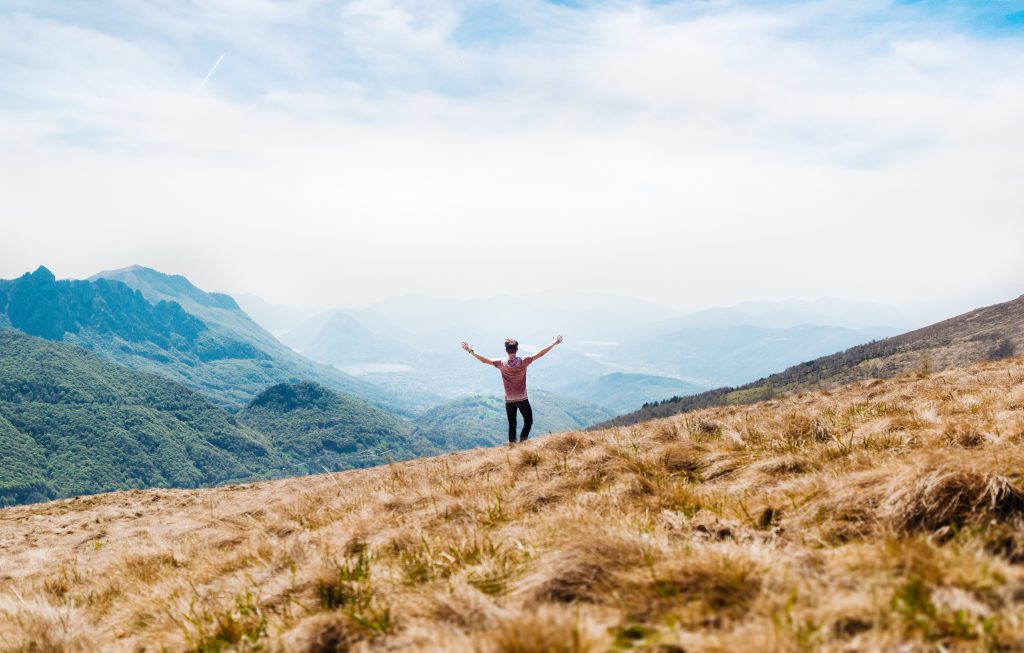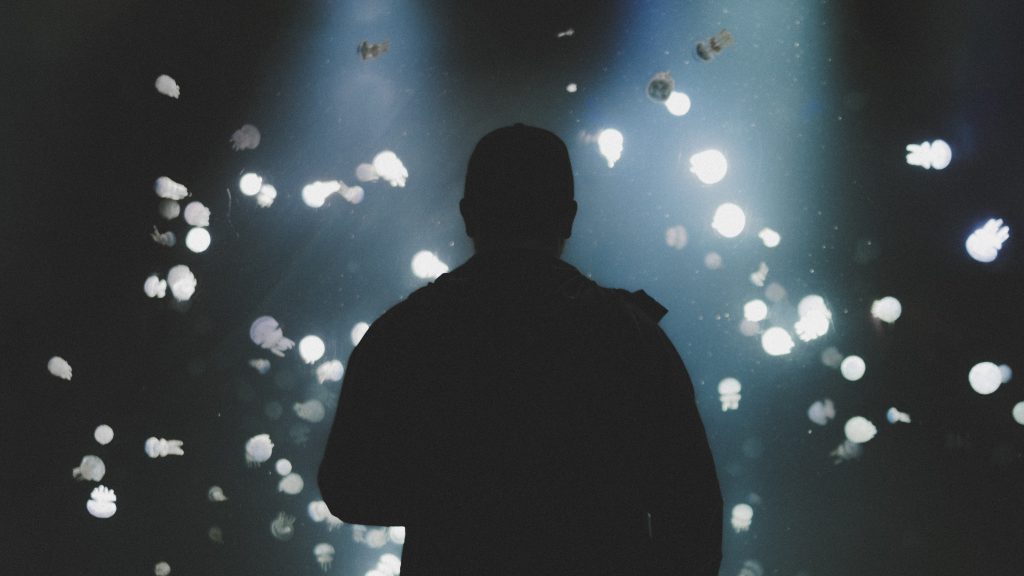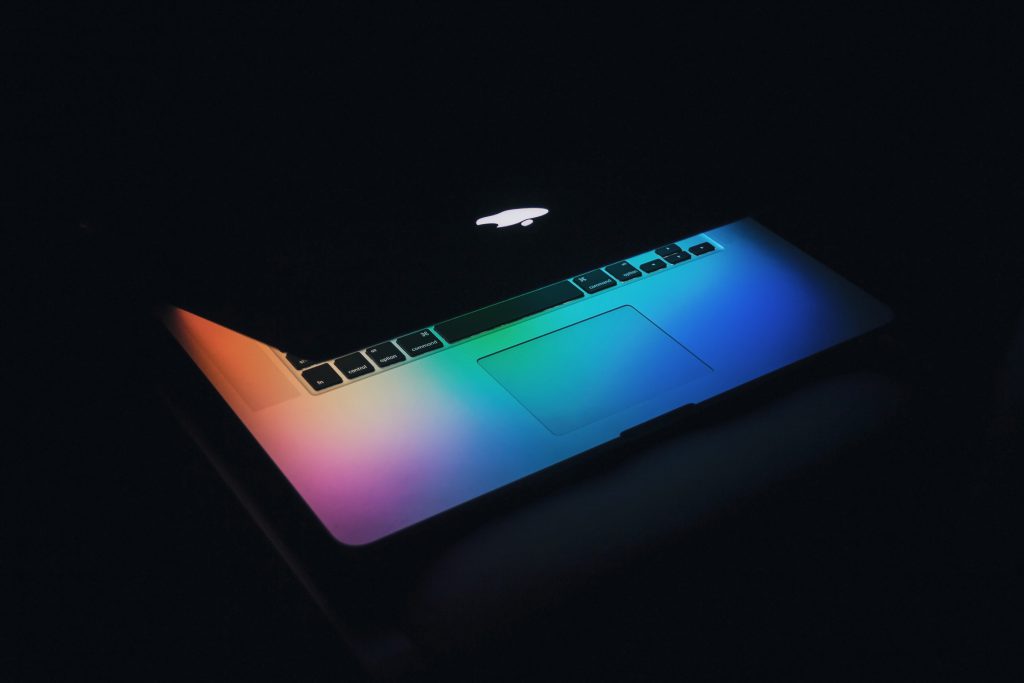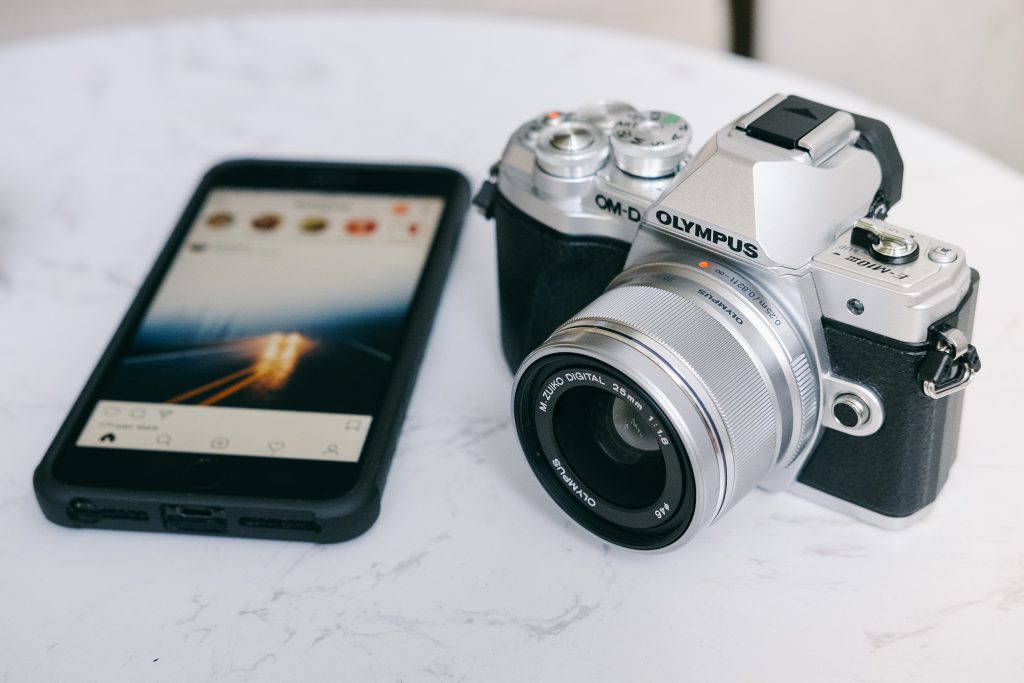
Anyone can be an influencer and have a large media presence. Some people stumble upon it, and some people don’t want it at all. Some create an account with the purpose of trying to get high traffic and sponsorships, while some just happen to have a post go viral and find themselves dealing with the outcomes, both good and bad.
Instagram helps foster creativity. Like any other social media platform, there are a fair amount of influencers, but Instagram stands out because it gives you a space to show off your artwork, photography, and design expertise, whether it be the lunch you ate earlier that day or a photo of yourself in front of a mural that perfectly matches your outfit.
The 85% of teenagers going onto Instagram at least once a month most likely do so for different reasons. There are some trends on Instagram for teens – there are meme-and-theme accounts, timing is important, and they want to do their best at making their grid look aesthetically pleasing. Teens use Instagram in their own creative ways, especially for self-expression, and sometimes the results can be extreme.
This is where Social Animals comes in. The documentary was directed by Jonathan Ignatius Green and was released back in December, following the stories of three teenagers: a pageant girl from LA, a photographer from NYC, and a high schooler living in the Midwest. All their stories and experiences with the social media platform are different, but there are still noticeable trends as you watch the movie. They all use it as an outlet for something and find a purpose behind it, but they’ve also experienced harassment and rumors through the Internet, some to a harmful degree.
There’s no clear bias in the film about if social media is really good or really bad, and simply interviews the three teenagers about how they use Instagram and the consequences that have come with it. Their backgrounds and upbringings have no overlap, but the film shows the effects that social media is having on Gen Z, not just on how they interact with others, but how they see themselves.
There are also a couple of interviews with the director if you want to learn more about the process and his views on social media and its effect on adolescents.The first one even includes two of the teenagers!
The documentary is about 90 minutes long and is available on Netflix, iTunes, YouTube, and Amazon Prime.
Warning: the movie discusses mental health, but one of the adolescents talks about self-harm and her suicide attempt in detail including her parents’ reactions. If you plan to watch the movie and are sensitive towards the topic, please view with caution.
Would you watch this movie with your child? Have you seen any documentaries or videos about the effects social media is having on teenagers?

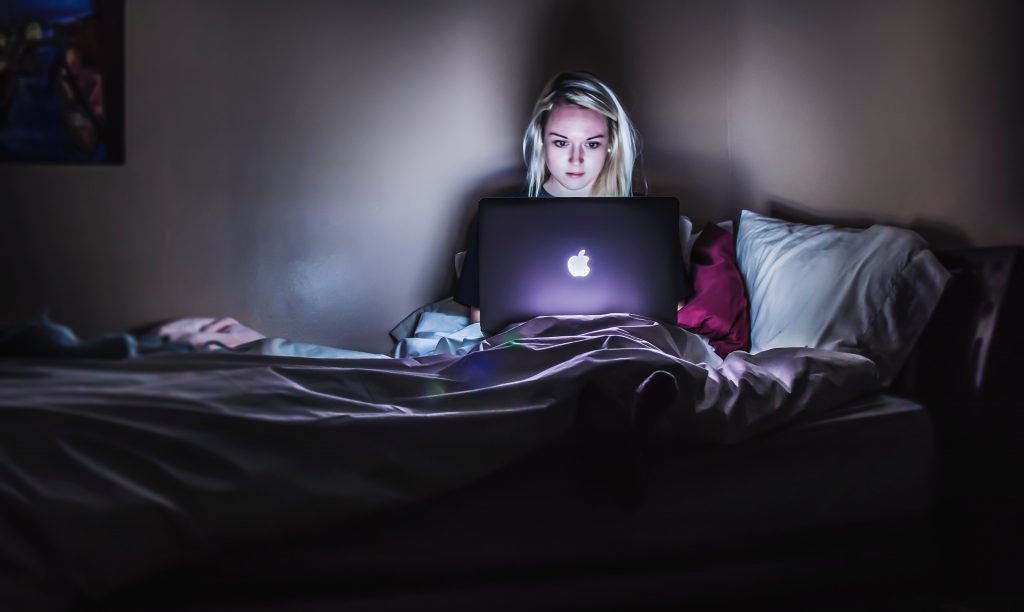 Although social media as an effect on how we don’t communicate as frequently face-to-face and in real life, this doesn’t mean that friendships are dwindling. The Internet has made the world feel smaller, and in just seconds, you can meet peers around the world who
Although social media as an effect on how we don’t communicate as frequently face-to-face and in real life, this doesn’t mean that friendships are dwindling. The Internet has made the world feel smaller, and in just seconds, you can meet peers around the world who 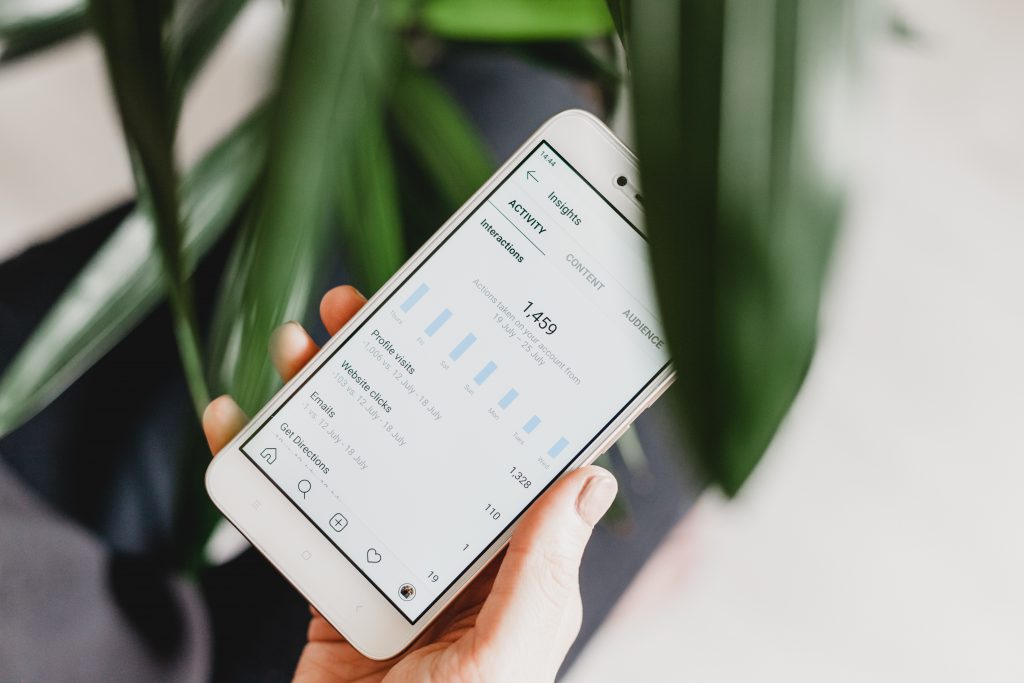 Chances are, you’ve probably been guilty of caring about how well your posts are doing if you’re on social media. There’s just something so satisfying about seeing the number of views, likes, and comments build up, especially in the first few minutes of a post going live.
Chances are, you’ve probably been guilty of caring about how well your posts are doing if you’re on social media. There’s just something so satisfying about seeing the number of views, likes, and comments build up, especially in the first few minutes of a post going live.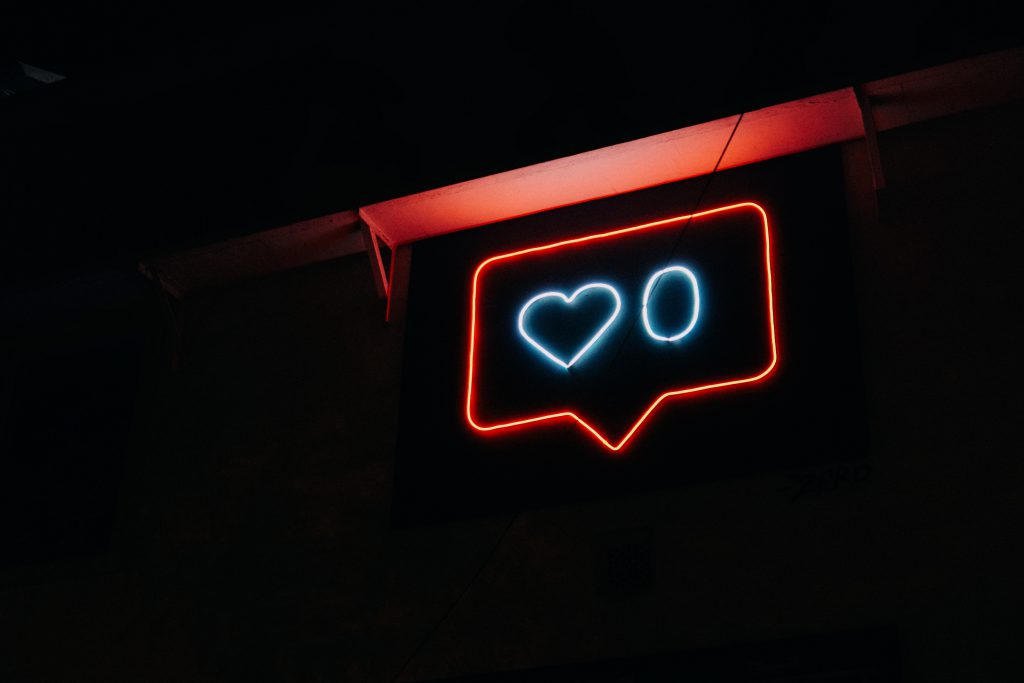 The short answer? There are a lot of ways that using technology and specifically social media affects your brain. After all, the brain is always working and responding to everything, with social media being no exception.
The short answer? There are a lot of ways that using technology and specifically social media affects your brain. After all, the brain is always working and responding to everything, with social media being no exception.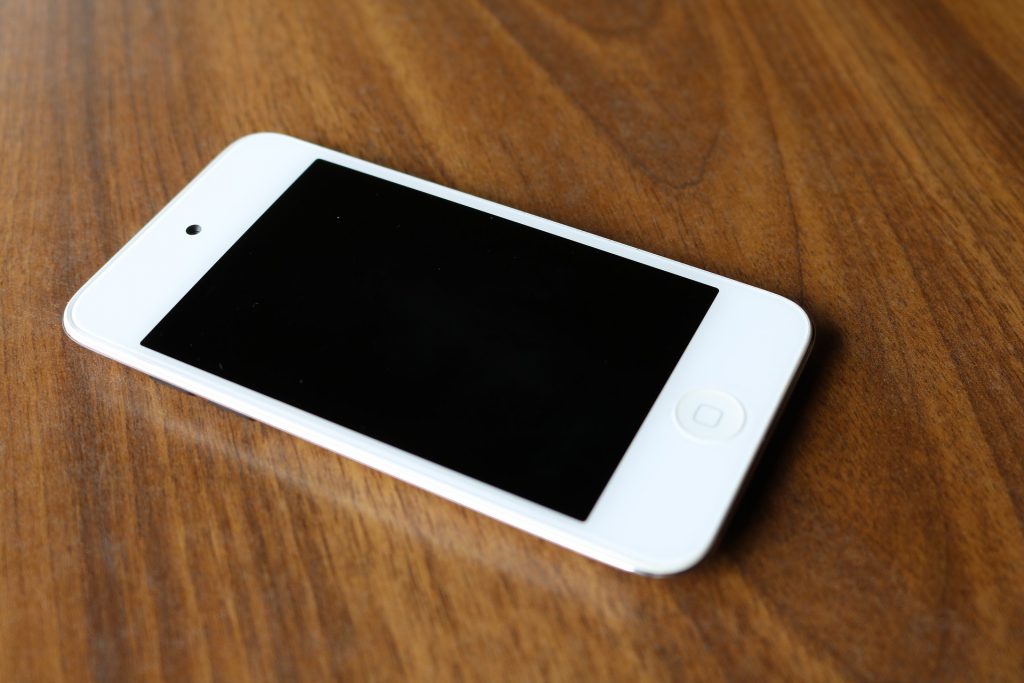 While the lasting power of things on the Internet is permanent, the significance and popularity of some things are fickle. Even if Facebook is still up and running, notes and middle school photos buried somewhere deep down your feed, you probably don’t use it anymore – what was once one of
While the lasting power of things on the Internet is permanent, the significance and popularity of some things are fickle. Even if Facebook is still up and running, notes and middle school photos buried somewhere deep down your feed, you probably don’t use it anymore – what was once one of An easy target for those criticizing how adolescents use technology today is by mimicking them taking a selfie. The image can feel much more familiar than you may want to admit: your phone in your hand, arm stretched out in front of you as you angle and turn both it and your head as you try to find the most flattering shot. You take a few, get unhappy with nearly all of them, then repeat the process with different lighting, by changing your hair ever so slightly, and so on.
An easy target for those criticizing how adolescents use technology today is by mimicking them taking a selfie. The image can feel much more familiar than you may want to admit: your phone in your hand, arm stretched out in front of you as you angle and turn both it and your head as you try to find the most flattering shot. You take a few, get unhappy with nearly all of them, then repeat the process with different lighting, by changing your hair ever so slightly, and so on.
